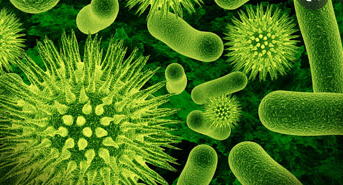Year 6 have been learning all about micro-organisms; these are microbes (tiny organisms) which can be seen with a microscope. The children were keen to carry out their own research and were surprised to learn that micro-organisms can be both beneficial and harmful to humans.
The National curriculum Year 6 programme of study for living things and their habitats says that children should be taught that all micro-organisms share similarities and differences and can be classified using the Linnaean taxonomic system. They will learn that while micro-organisms can be harmful and can causes sickness and disease, others are beneficial in our every day lives.
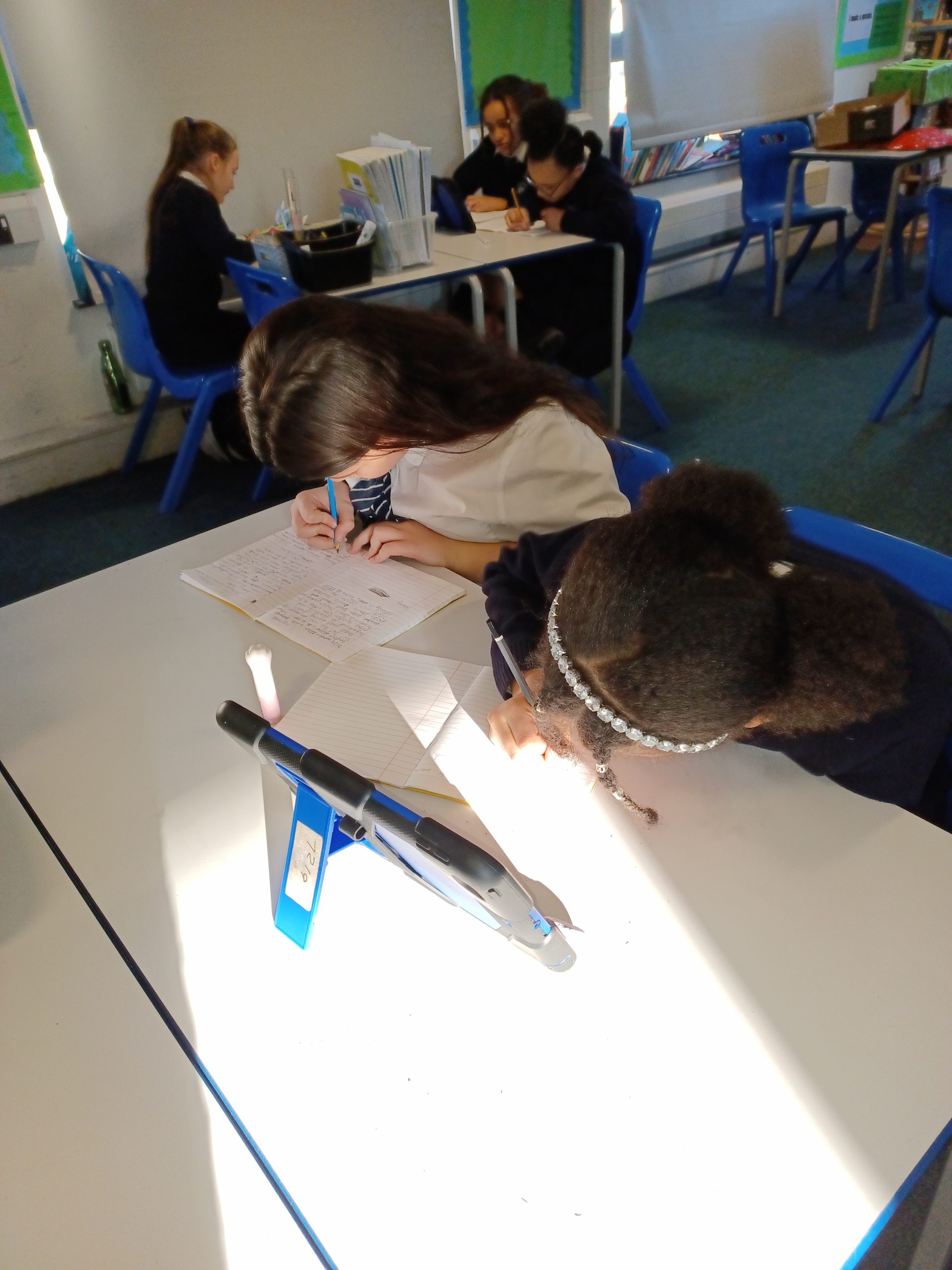
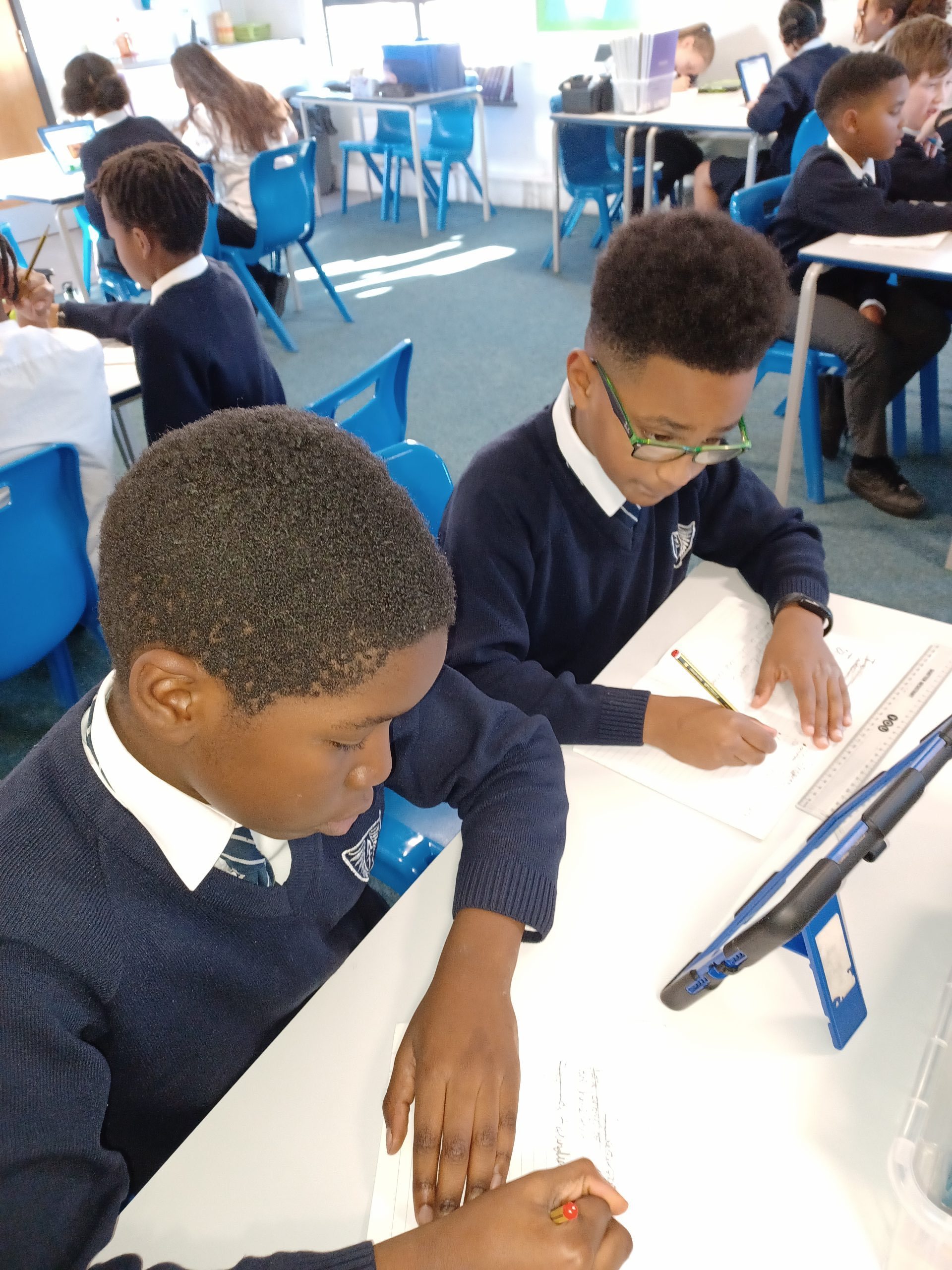
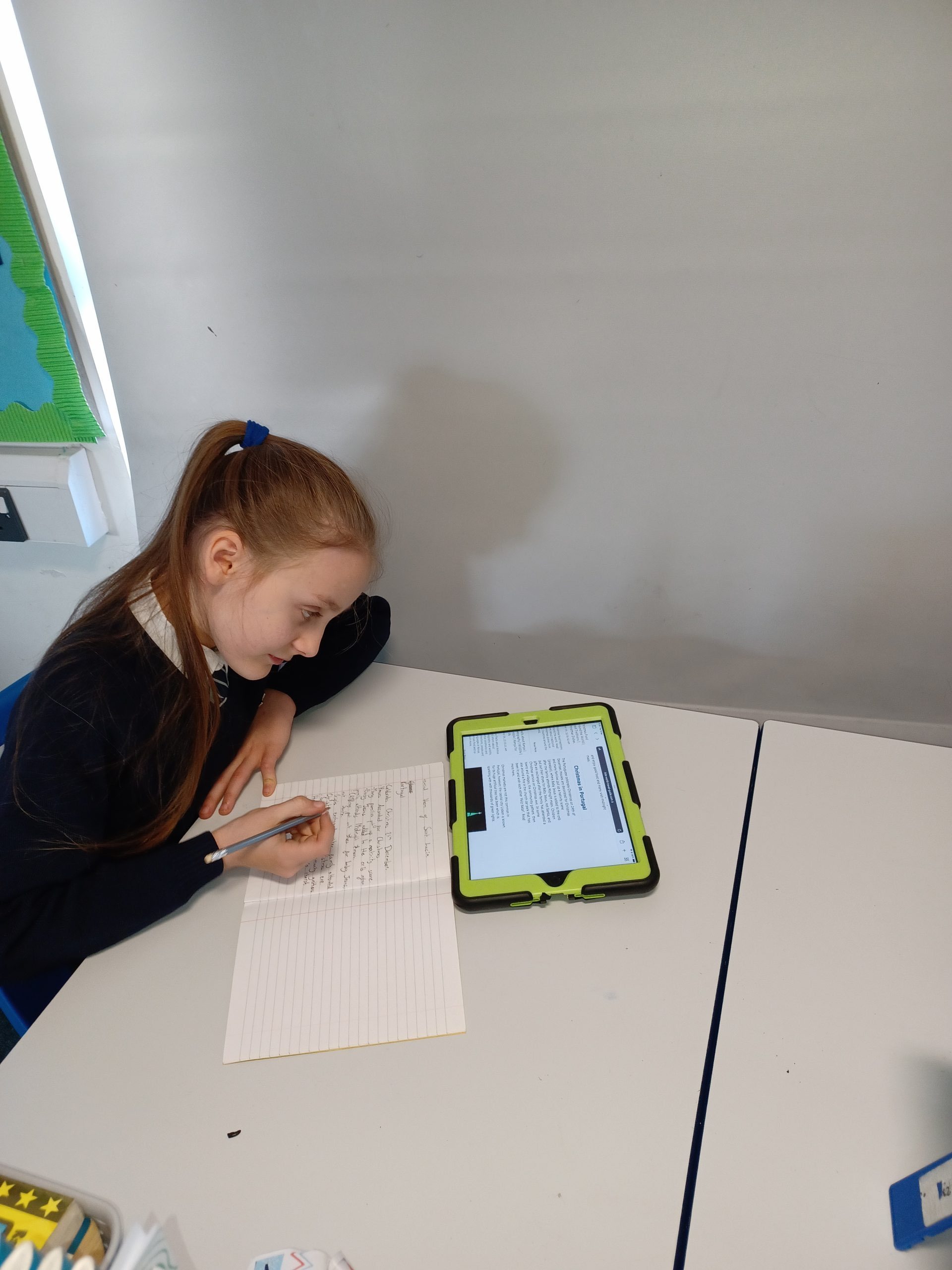
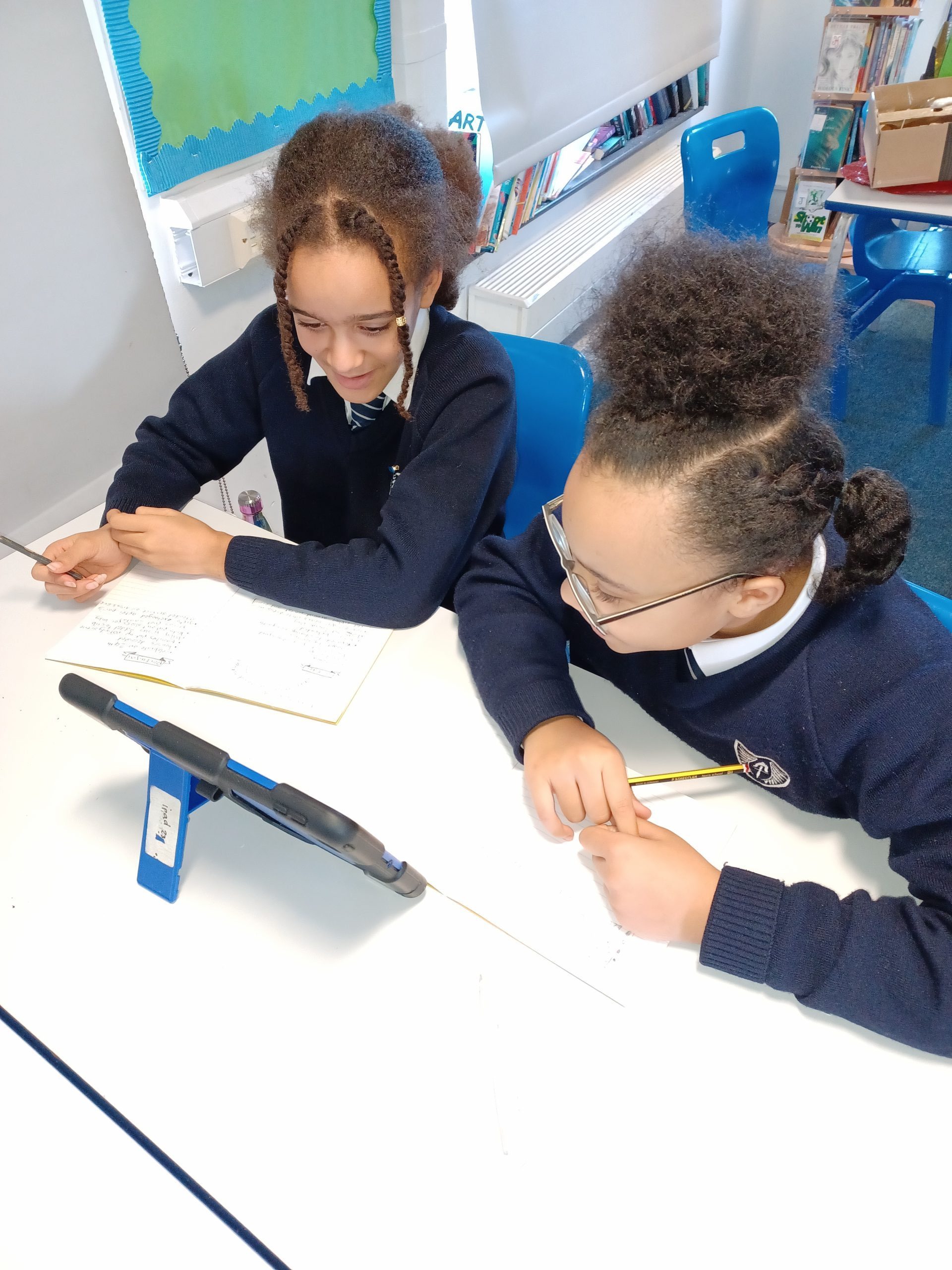
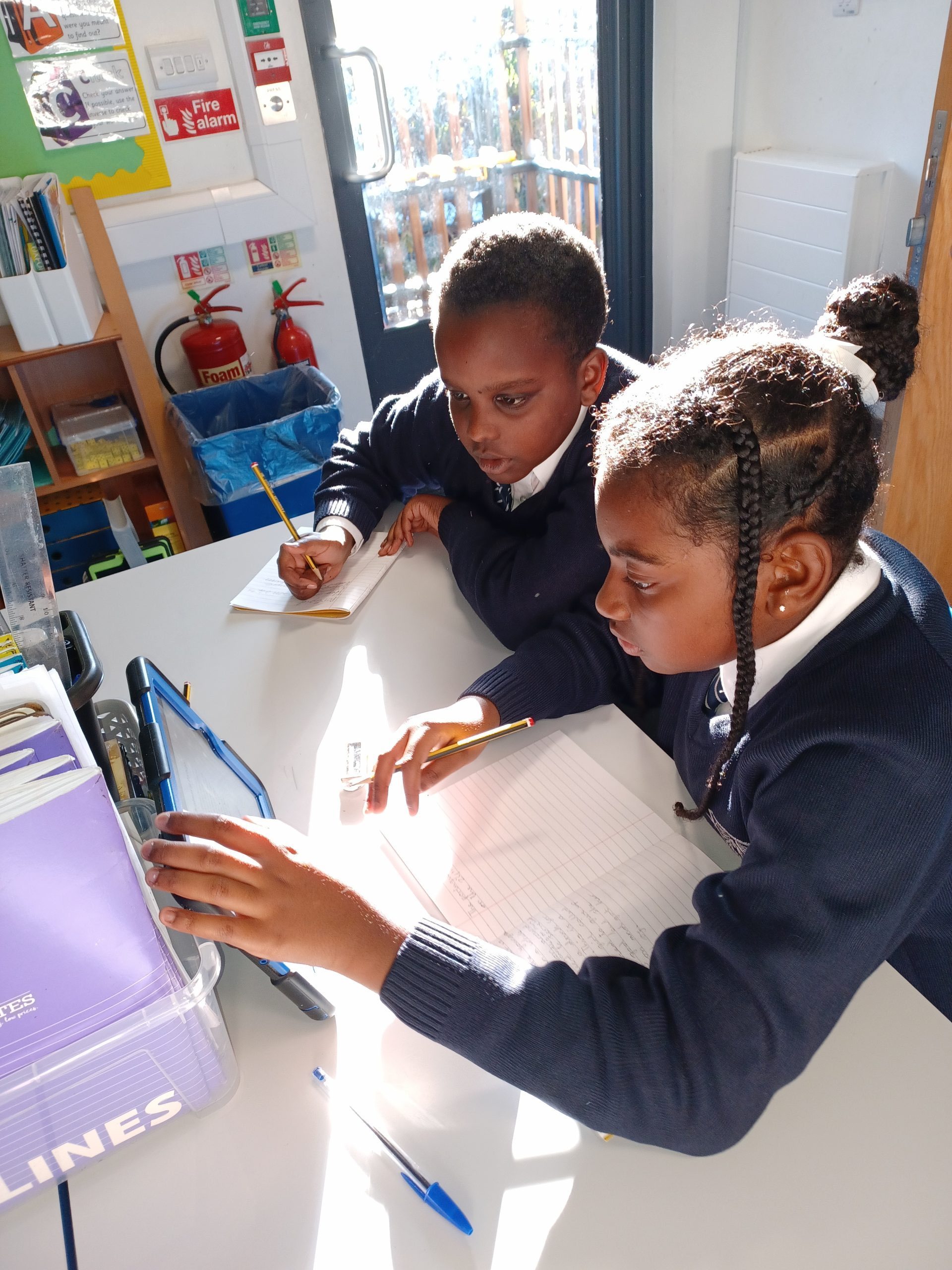
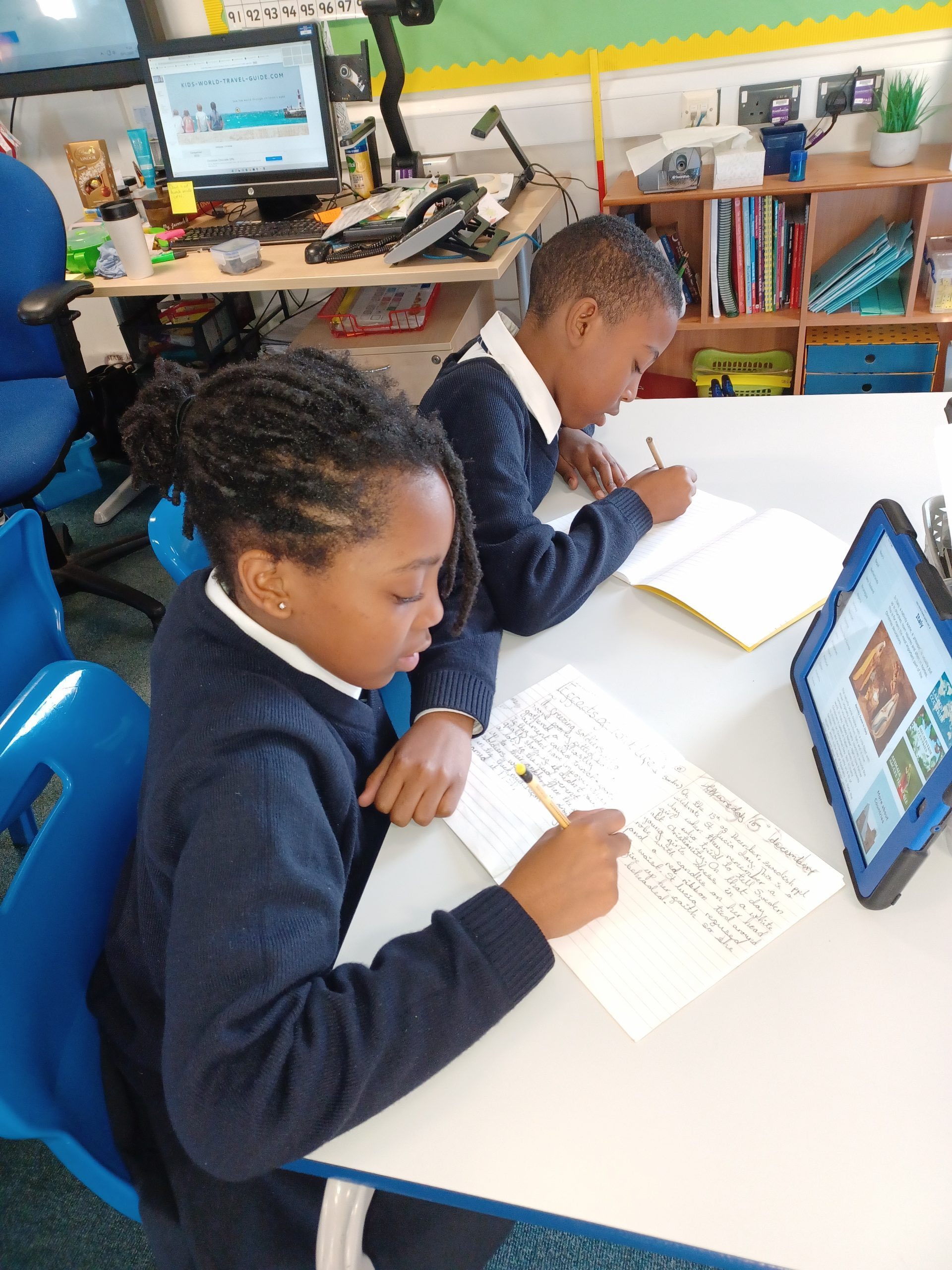
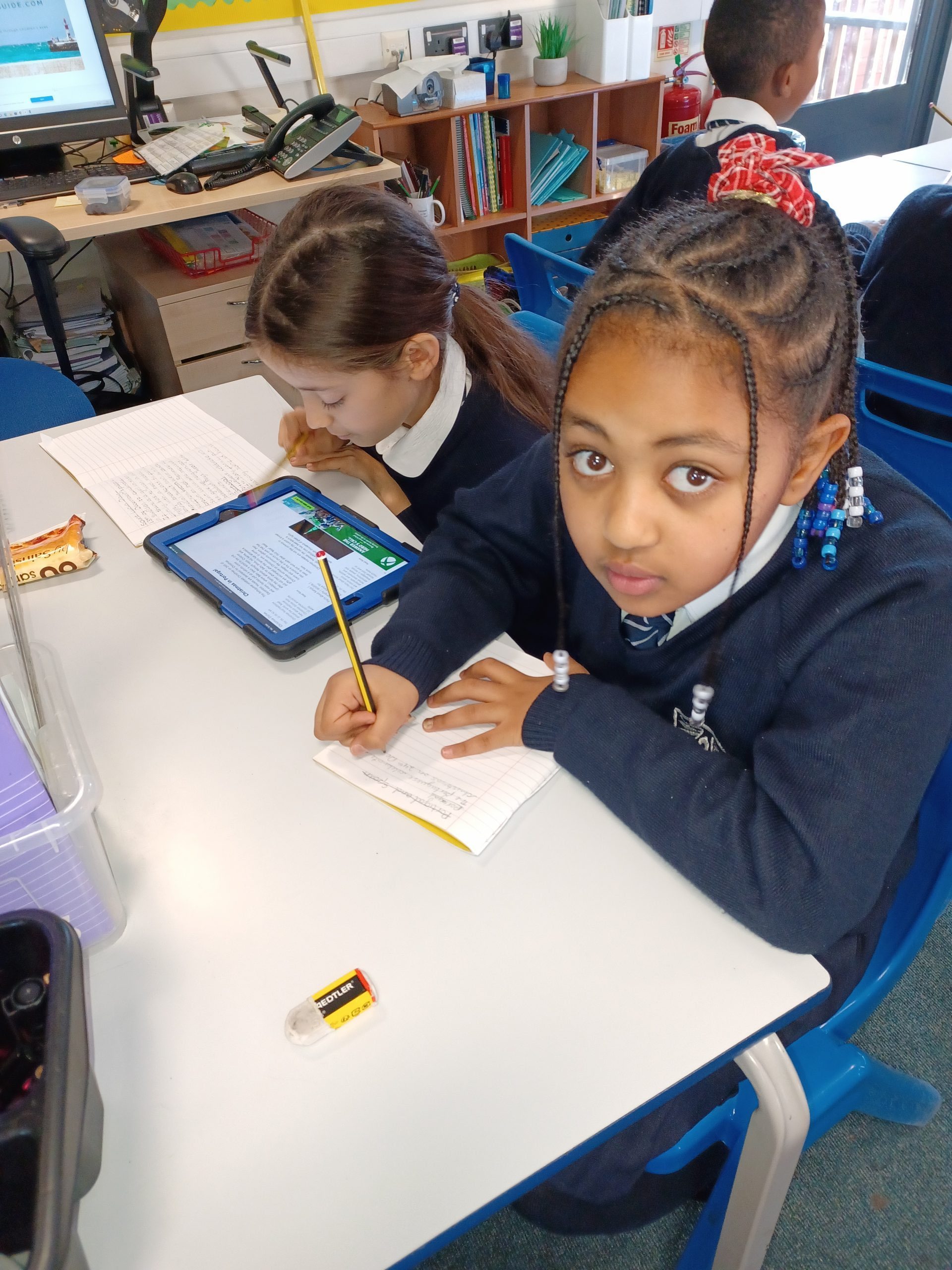
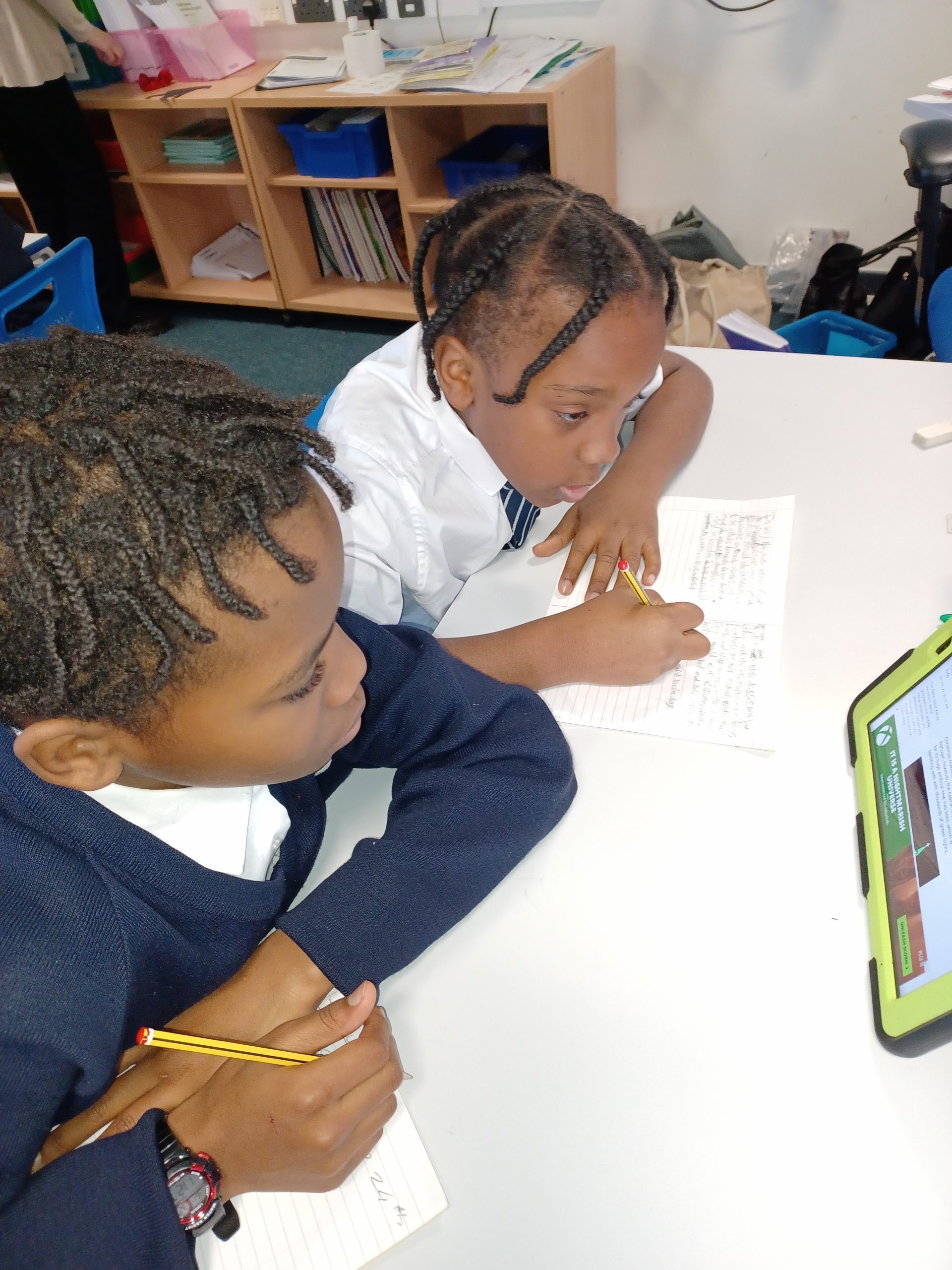
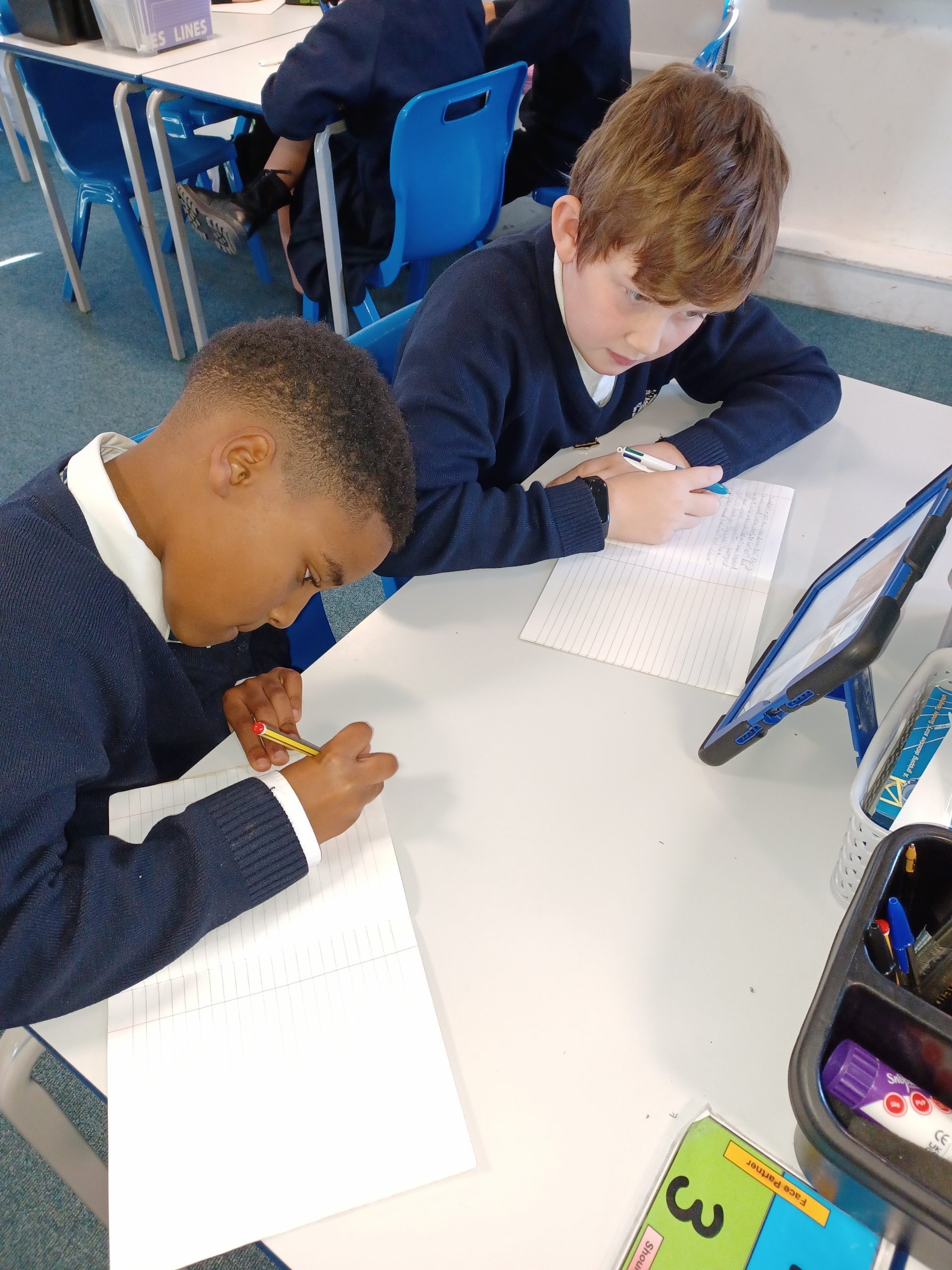
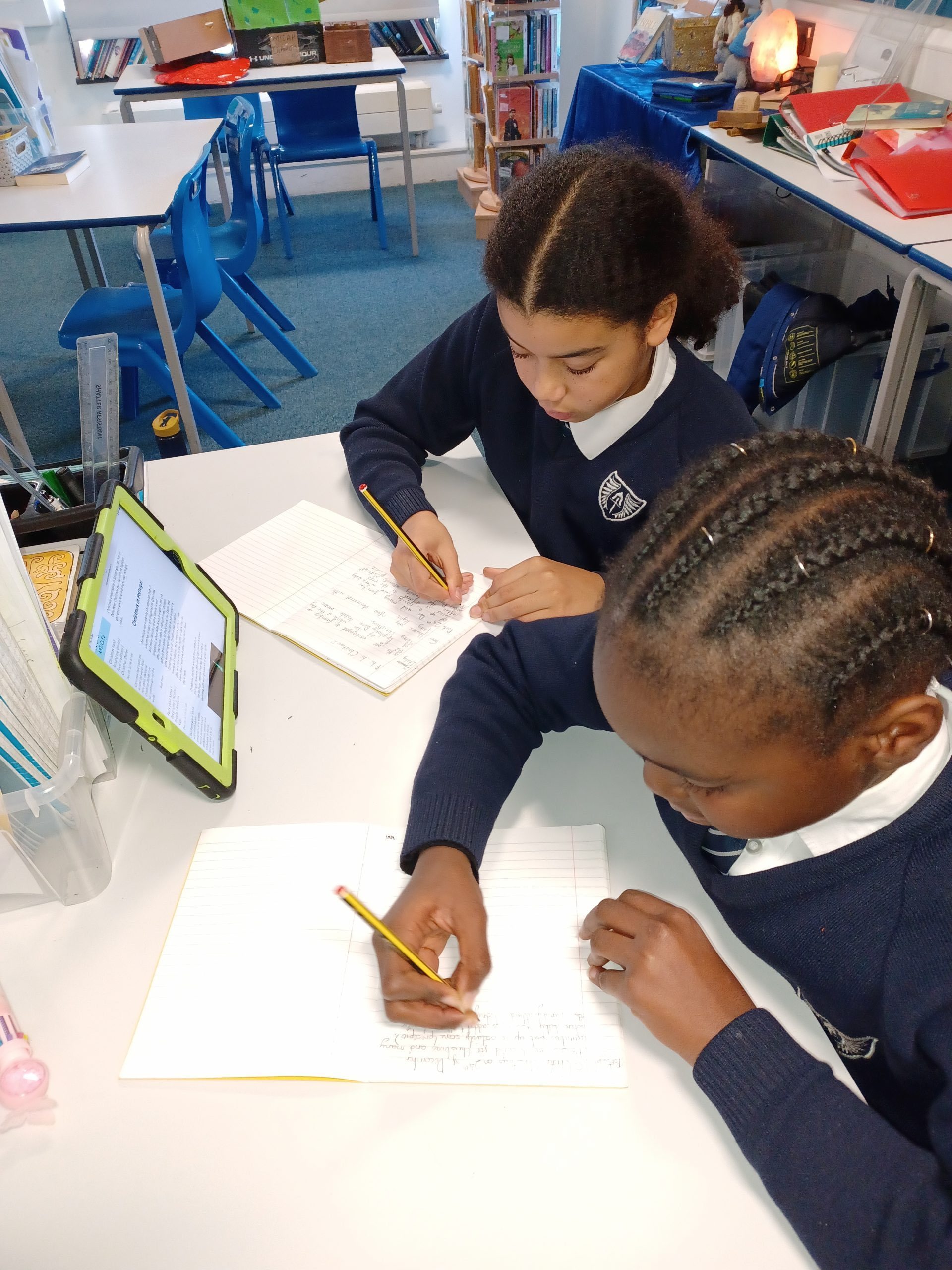
Here are some of the facts they discovered:
Harmful micro-organisms: SARS-CoV-2 is the virus which causes Covid-19. Salmonella is a bacteria which can cause food poisoning and upset stomach. Ringworm is caused by a fungus.
Helpful micro- organisms: Bacteria can be used to make yogurt and cheese. Yeast is a fungus which helps to make bread rise when it is baked. Viruses can be beneficial for making medicines and treating diseases.
Investigating the growth of fungus: We set up an investigation to explore the ideal conditions for the growth of mould, which is a fungus. The children ensured that it was a fair test: 4 identical pieces of bread were placed in different conditions and observed over the same number of days. Our results were interesting and rather disgusting!






No mould grew on the bread that was placed in the fridge which indicates that mould does not grow well in cold conditions. The greatest amount of mould grew on the slice of bread that had been slightly dampened and left in a warm place; mould grows rapidly in these conditions!
